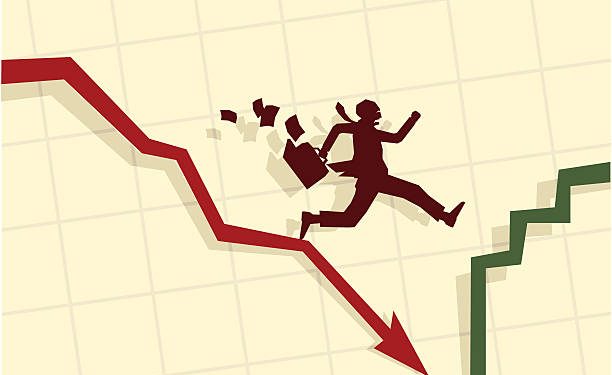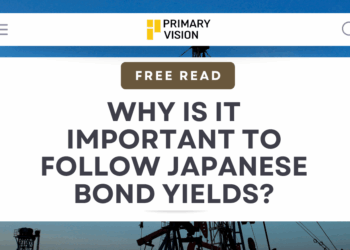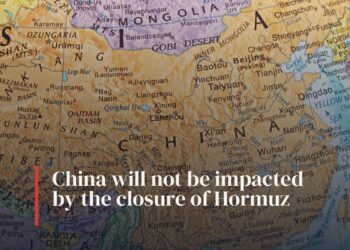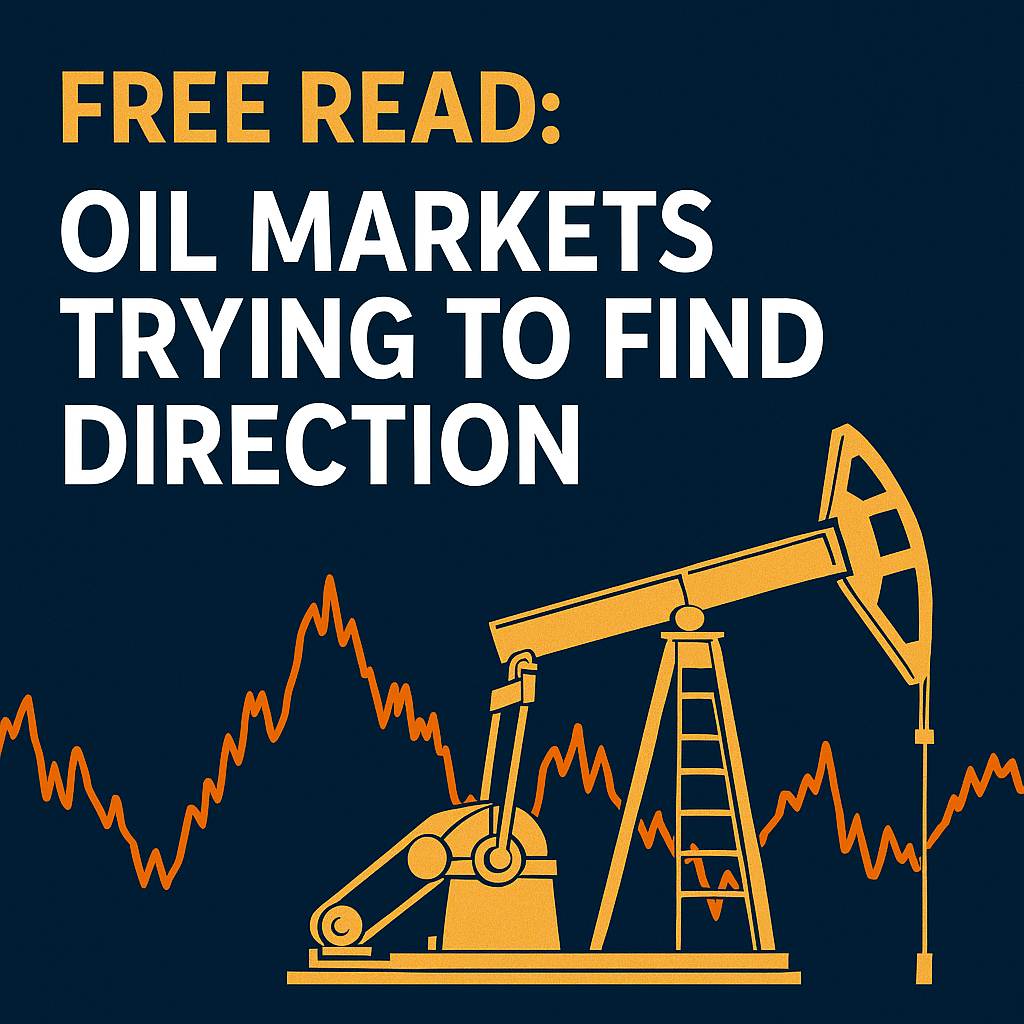In this article I would like to cover some data points that Mark talks about in a beautiful detail in the recent ECON show. The IMF has slashed some growth points off of the global GDP estimates – once again – mentioning slowdown in Chinese, U.S. and other European economies. The war in Ukraine still continues with no de-escalation in sight, food prices are still elevated (I’ll talk about them below), gas flows from Nord Stream 1 have been reduced to 20 percent making a full blown energy crisis in Europe and the world highly possible. These risks, at one point and after a certain time, start to coalesce and present what can be termed as a Polycrisis.
IMF expects the global economy to grown by 3.2 percent in 2022 as compared to 6.1 percent in 2021. The estiamtes for next year are even more concerning with a figure of 2.9 percent in global growth only slightly short of a 2.5 growth that is considered a global recession. One of most important economies in the world is China and recently it has been giving some mixed signals. PVN has covered China in depth on weekly basis and it wasn’t a surprise when IMF reduced down the country’s growth to 3.3 percent from 4.4 percent (well below the official target by Chinese government i.e. 5.5 percent).
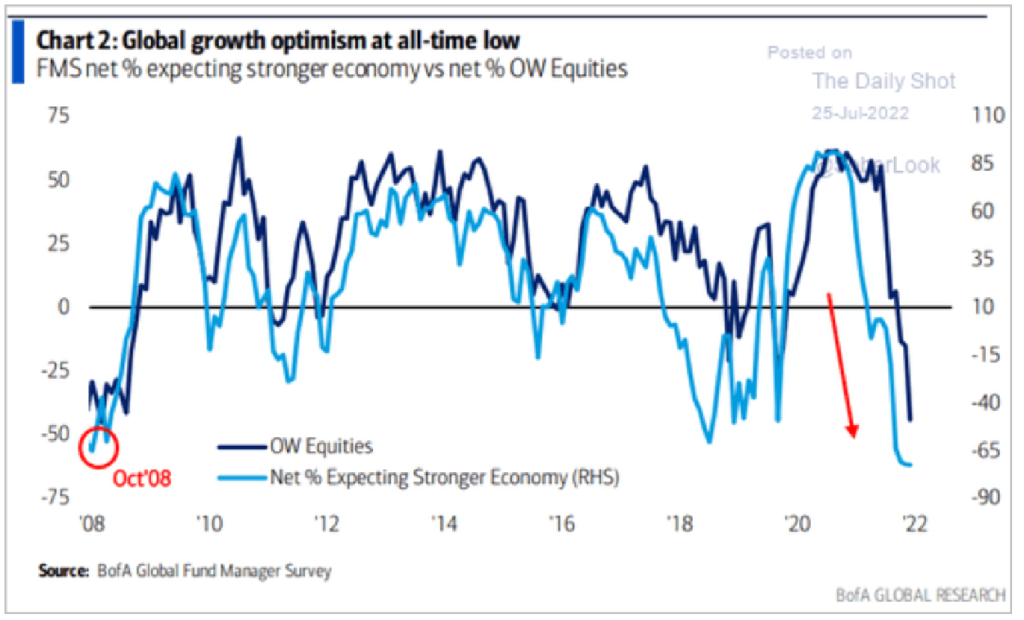
All this talk about recession warrants an explanation of what it actually means? Does the definition of two consecutive negative quarters of GDP growth makes a recession? Or there is something more to it? Fortunately, Mark explains this in the segment I have mentioned above: “There is some wiggle room in this definition” he says. This explainer by Barron’s is also great and point out the what and how of a recession. All these technical jargons and definitions on one side, we return to the much more choatic and random real world. Currently I am in Lahore, Pakistan. The impact of such global events are always felt more in developing countries than the developed ones and I am experiencing this first hand. Businessmen don’t have enough liquidity to clear their goods from the country port. State Bank of Pakistan, our central bank, has stopped entertaining Letter of Credits. Car prices are being increased by more than a million PKR in just one go! A normal 1800cc C Segment sedan that used to cost 4 million at maximum will now be worth 8 million PKR!!! Things don’t stop here. Petrol and diesel prices have been increased by more than a 100 percent in one year while our real inflation rate now stands at approximately 40 percent! People are getting jobless everyday, Phd students are reverting to opening small stalls just to sustain their families…if this isn’t a recession then what might be? The same story holds true for other developing countries. When Sri Lanka was on the brink of financial fiasco that has now entailed, I wrote how it will not stop there. It didn’t. Many others have observed the same.
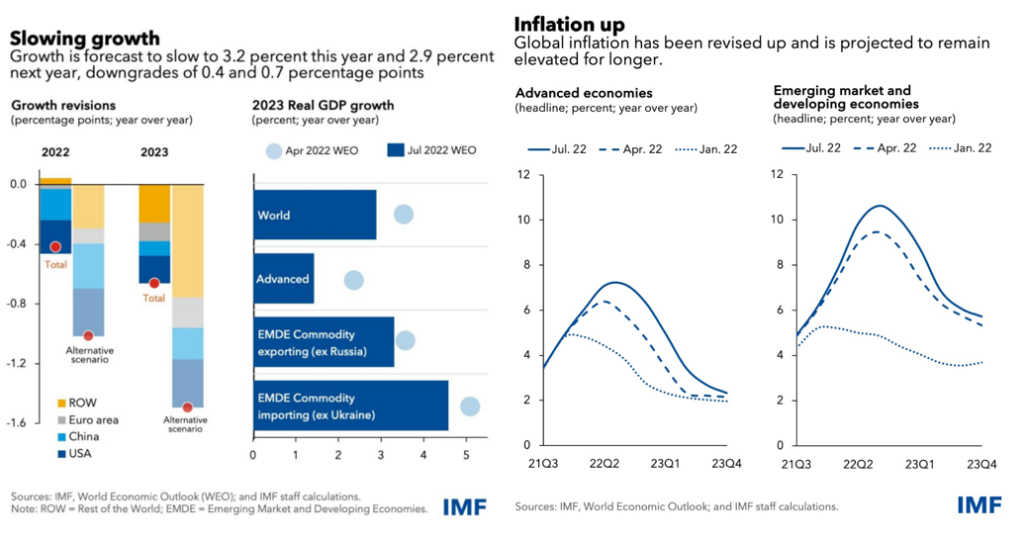
At Primary Vision, since more than a year, we have been calling for political instability, social unrests, food shortages, and inflation and upcoming Stagflation. Now that the MSM has caught up with the fact, it is well known. However, the leading indicators were symptomatic of all of these events from a long time.
Before I conclude, let’s have a look at global food prices. Financial Times did a very interesting long read on it and I posted the same on my LinkedIn feed. According the The World Bank, one percentage point increase in food prices, 10 mn people fall into extreme poverty. We are not taking into account the impact of inflation and falling wages but rest assured it will only make it worse. Ukraine was only able to export 1mn tonnes of barley, wheat and corn in June’22 which is 40 percent less than 2021. Recently it was the sowing season in Ukraine and everyone was busy fighting. Now the harvest season began and farmers are finding difficulty in selling and storing crops. If they don’t earn good next year’s sowing will be adversely effected. On the other hand, rising energy prices (i.e. gas etc) also contributes to higher food costs. Over 70 percent fertilizers in Europe are nitrogen based and cost of fertilizers have went up by 151 percent since last year! The article in Financial Times further highlights that even before Ukrainian invasion, due to pandemic, conflicts and changing weather patterns, about 770 mn people went hungry (in 2021) – highest since 2006 as per United Nations FAO which says the current war will add another 13 mn and 17 mn people to this figure in ’22 and ’23. The current food prices are effecting the low income countries even more. In Pakistan, for instance, 40 percent of one’s income is spent on food.

The bottomline remains the same – headwinds ahead. I wish I start to end my articles on a positive end, very soon. But for now let’s remain conscious.

